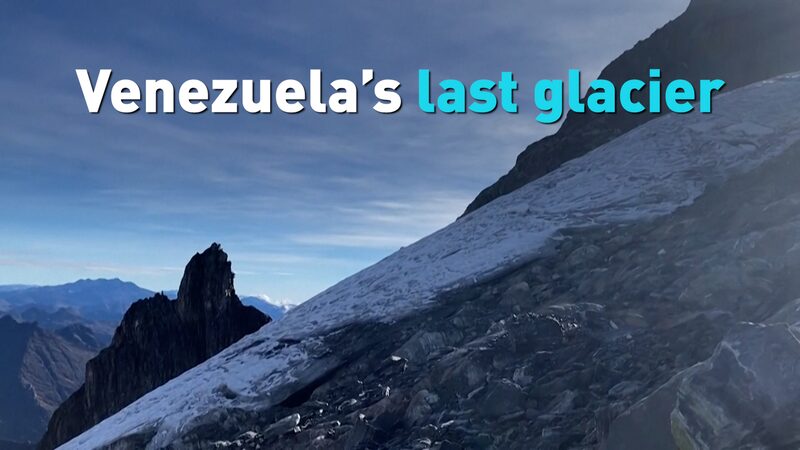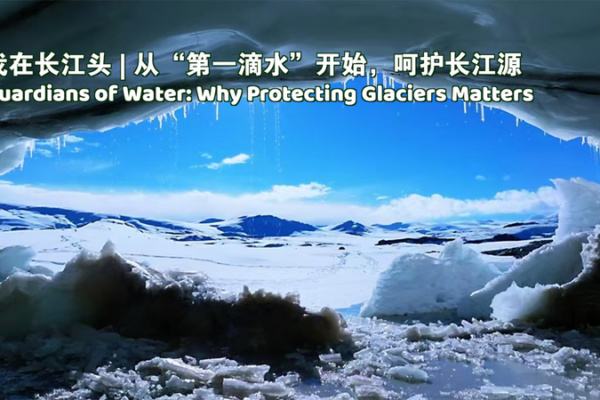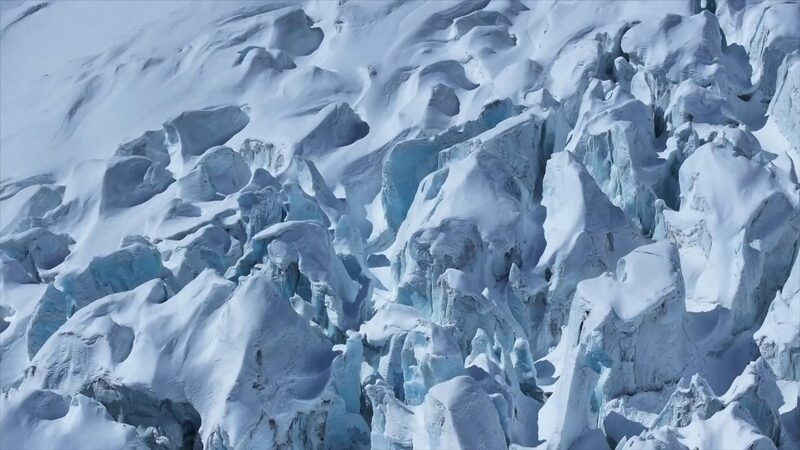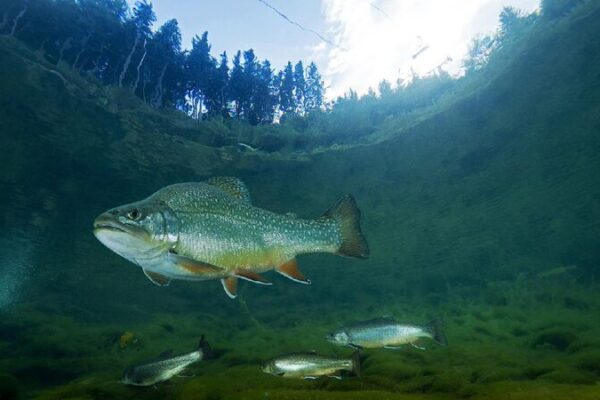Venezuela has become the first country in Latin America to lose all of its glaciers. Earlier this year, the nation’s final glacier, once crowning the peaks of the Sierra Nevada de Mérida, was downgraded to an icefield before disappearing entirely. This dramatic change, attributed to global warming, has markedly transformed the country’s mountainous landscape.
The loss of the last glacier is more than a geographical footnote—it’s a tangible reminder of the accelerating impact of climate change. Glaciers act as vital freshwater reservoirs, feeding rivers and supporting ecosystems. Their disappearance threatens local communities that rely on glacial melt for drinking water, agriculture, and hydroelectric power.
Residents of Mérida, a city nestled in the Andes, have witnessed the gradual retreat of the ice caps over the years. “It’s heartbreaking to see the snowy peaks vanish,” says Maria González, a local environmental activist. “Our glaciers were not just beautiful; they were essential to our way of life.”
Scientists warn that the melting of glaciers in Venezuela is part of a broader pattern affecting tropical glaciers worldwide. Rising global temperatures accelerate ice melt, disrupting weather patterns and leading to more extreme climate events.
“The disappearance of Venezuela’s glaciers serves as a wake-up call,” notes Dr. Luis Herrera, a climate researcher at the University of the Andes. “Immediate action is needed to reduce greenhouse gas emissions and mitigate the effects of global warming.”
The transformation of Venezuela’s landscape underscores the urgent need for environmental stewardship. As the world grapples with the realities of climate change, the story of Venezuela’s last glacier stands as a stark reminder of the challenges ahead and the importance of collective action to protect the planet.
Reference(s):
cgtn.com





